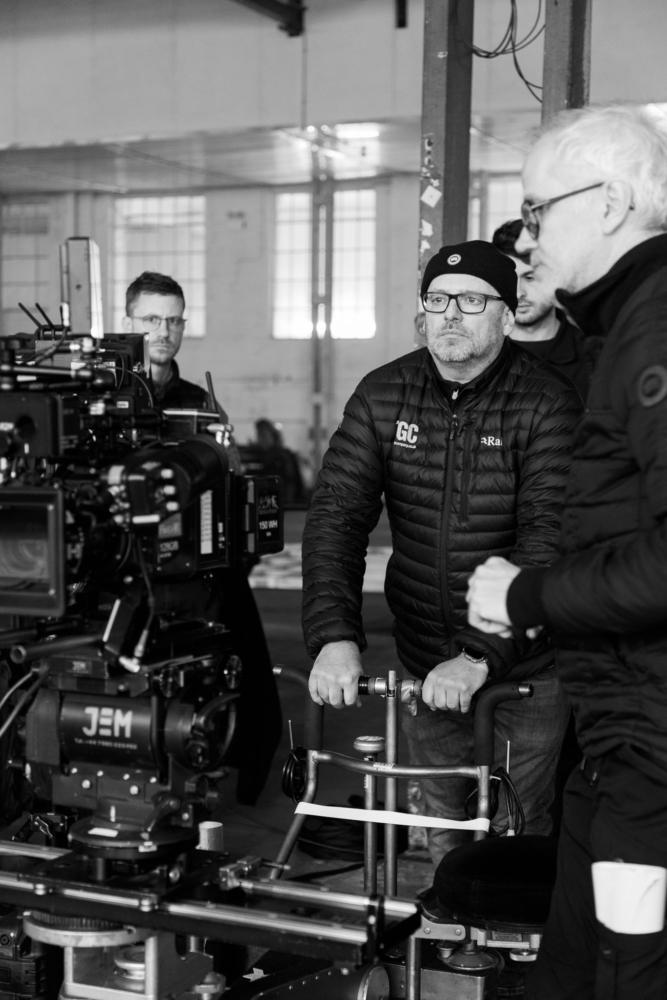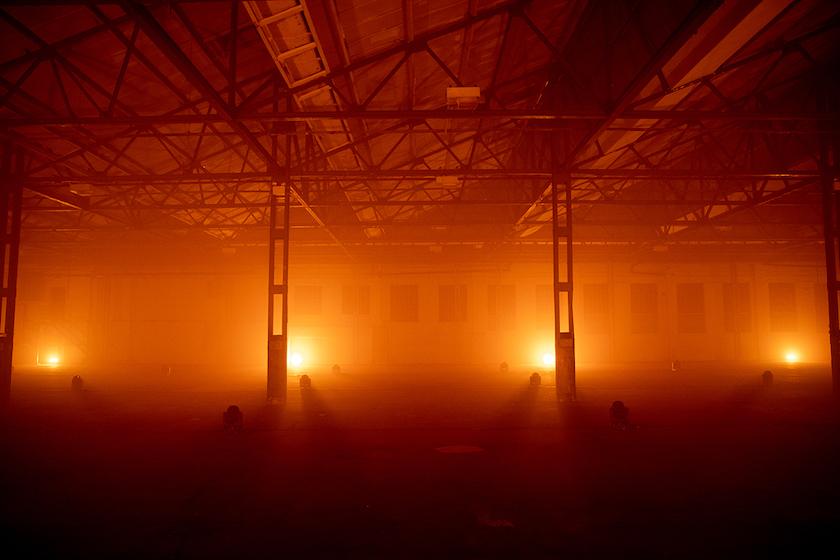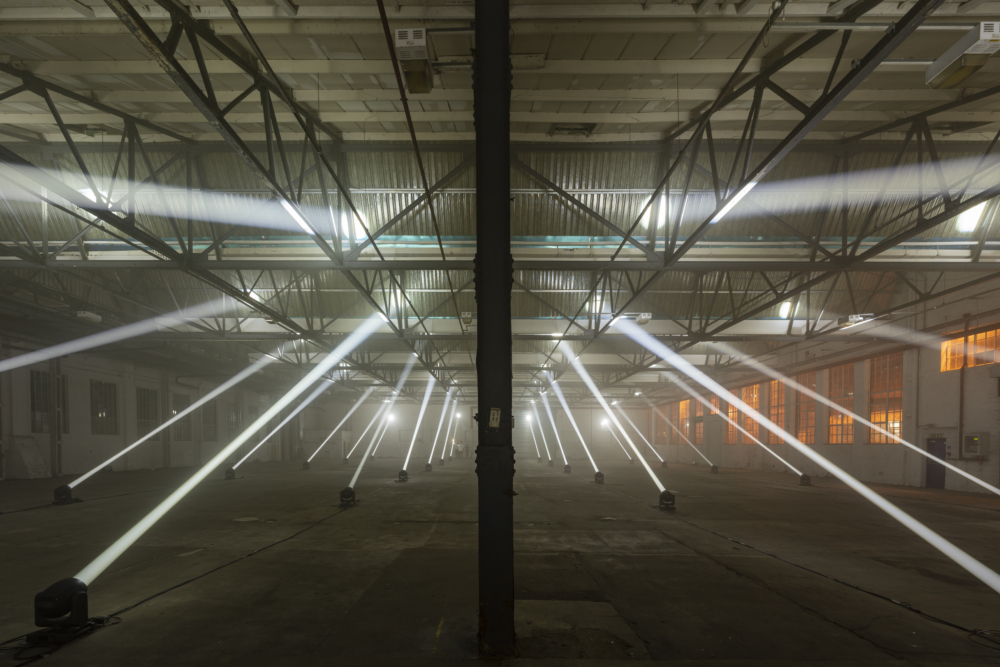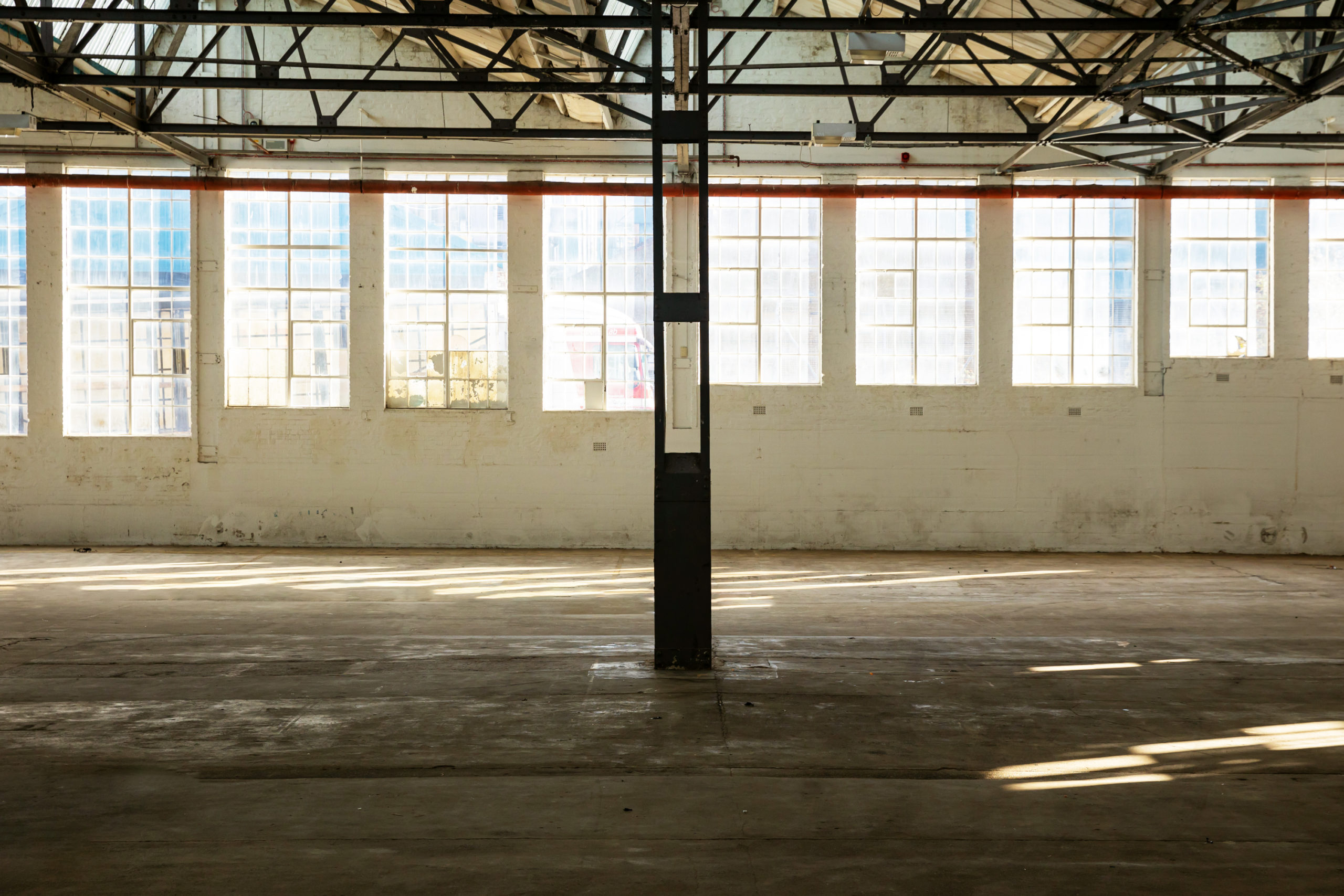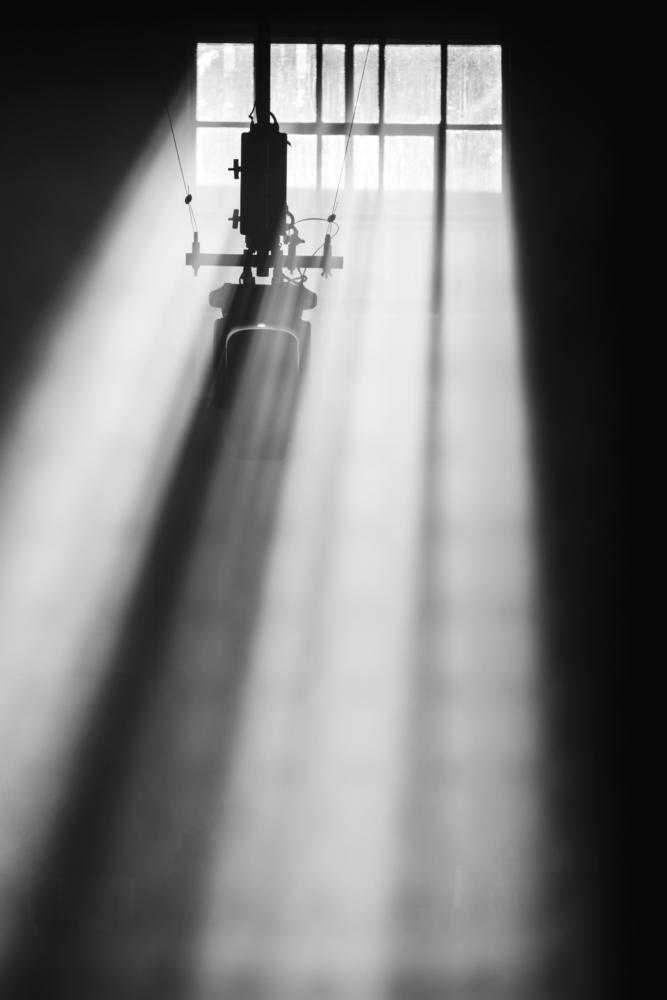James Clar Cleanse/Mantra (110hz)
In this work, James Clar uses waves of light to create an environment that stimulates creativity and meditation. Light travels down the corridor at 110 Hz per second, which is a wavelength of just under 3 metres. As you pass through the light, your viewing distance is obscured, sliced into even sections. This creates a visual mantra: a repeated series of waves, which wash over you in increasing amplitude.
110 Hz is known as the ‘human pitch’. Buddhist and Hindu mantras are often chanted in the same frequency, while archeologists have discovered the use of the frequency to induce trance states in many cultures. Clar is particularly interested in how 110 Hz resonance can enhance the activity of the right brain, which is the centre for art, spirituality, emotion and imagination.
James Clar
James Clar is an artist who works with light and technology. He is interested in how new media technologies shape human behaviour. Many of his works play with perception using sculptural elements that appear to warp between dimensions, using multi-channel video installations, lasers, LEDs and 3D printing. He combines these elements to create complex narratives that reference mythology and global history toquestion our engagement with digital culture.
Clar’s work has been included in exhibitions at Glucksman Museum, Dublin, The New Museum of Contemporary Art, New York, Pera Museum, Istanbul, Sam Francis Museum and MACBA, Barcelona and SeMA, Seoul, and the Parasol Unit Foundation for Contemporary Art, London.
